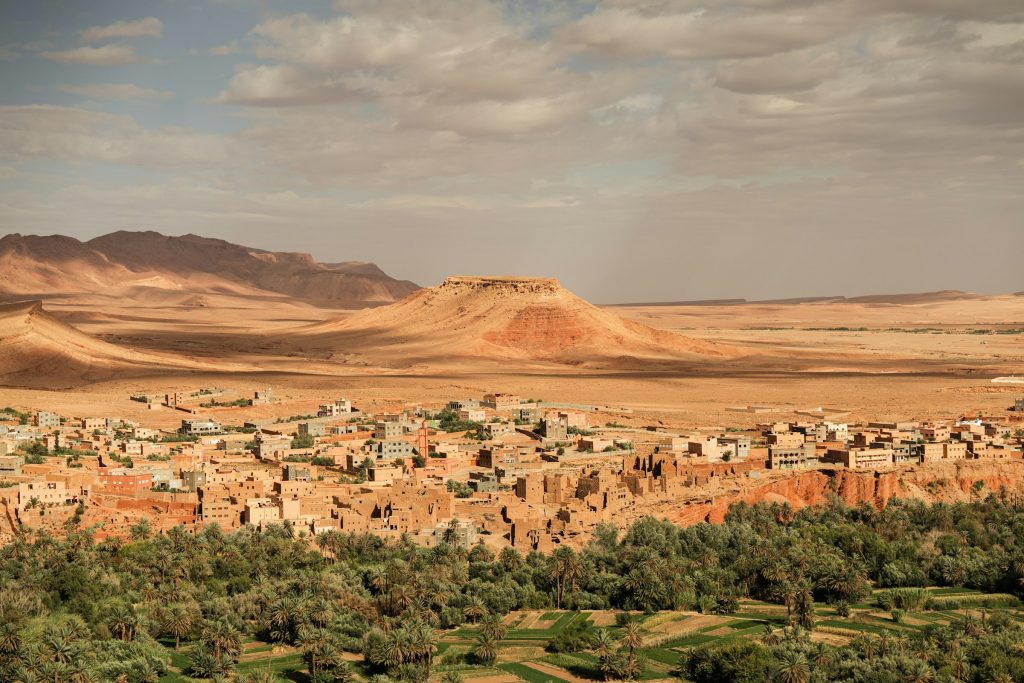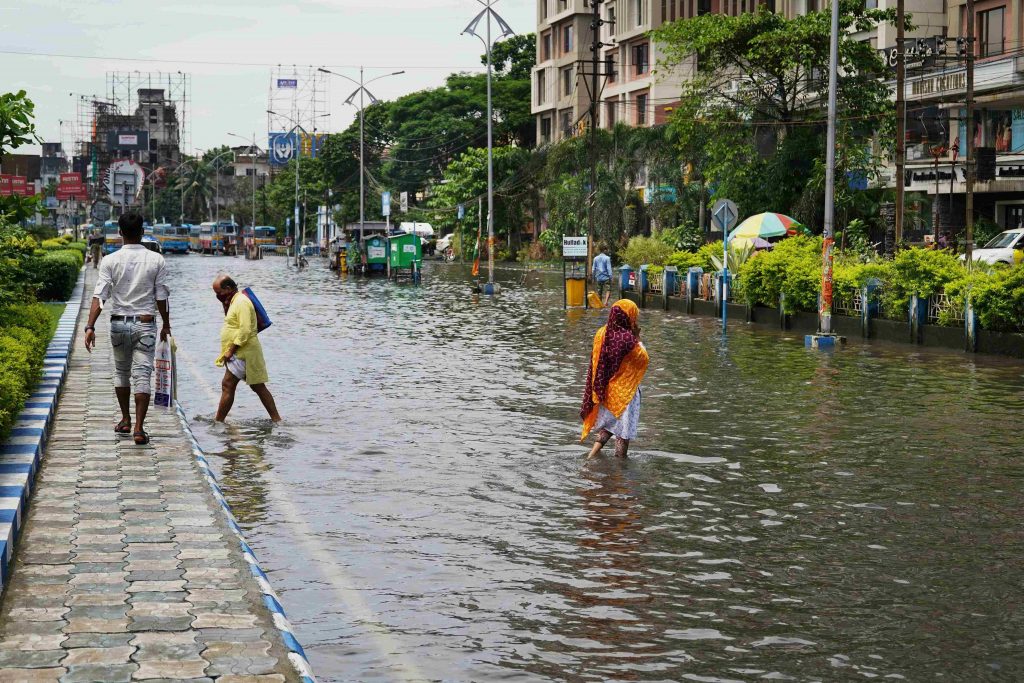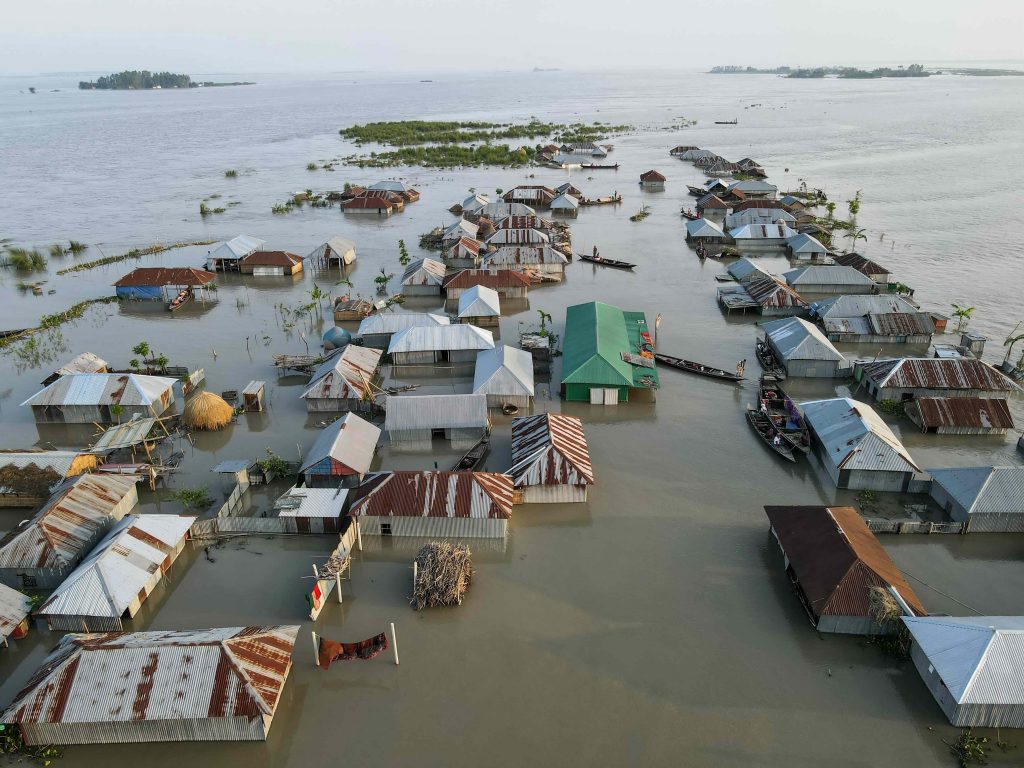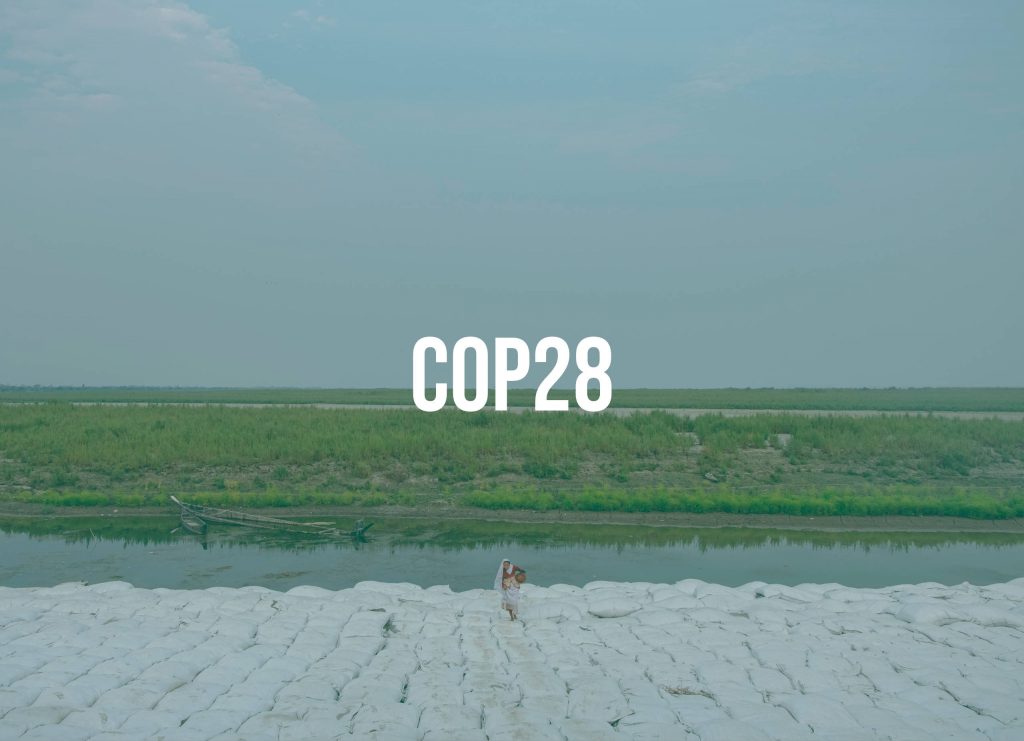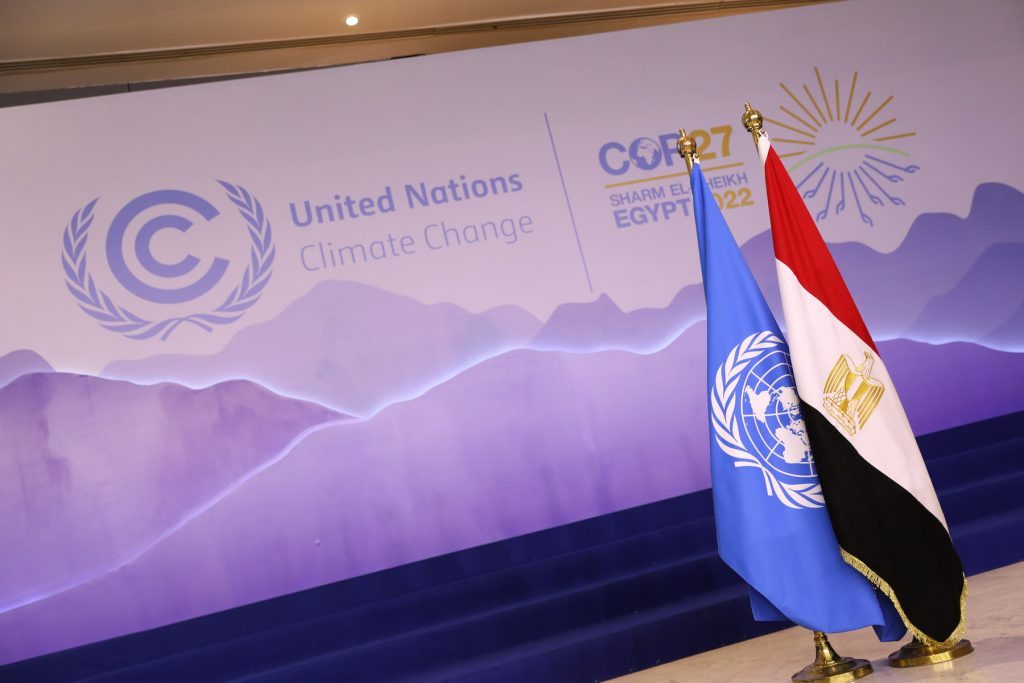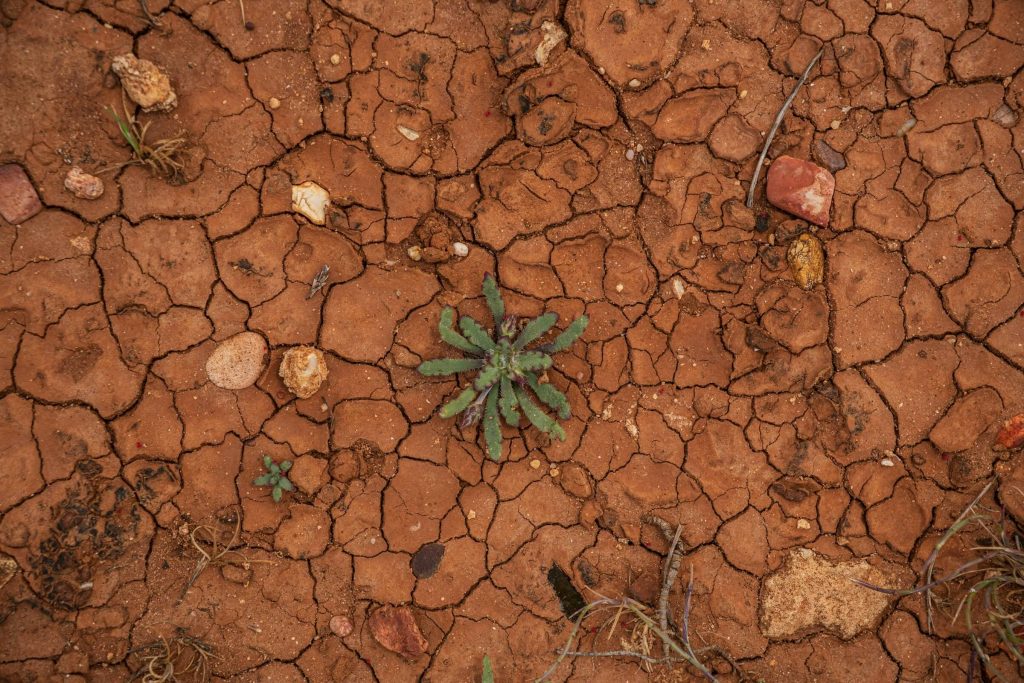
Local knowledge for a global climate issue: Taking loss and damage from negotiations to national realities
Over the last decade, much of the political action and attention on loss and damage governance has played out in the realm of international climate change negotiations. However, while negotiators debate definitions and funding mechanisms in conference halls, the reality on the ground is that nation states are the “first responders” when it comes to climate impacts and that considerations on loss and damage require a “national turn”.

